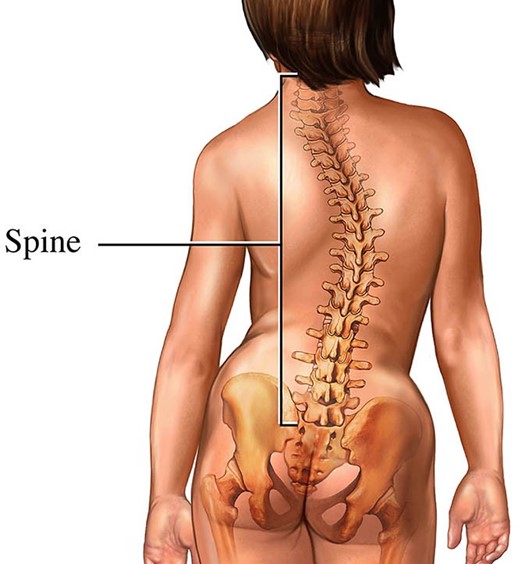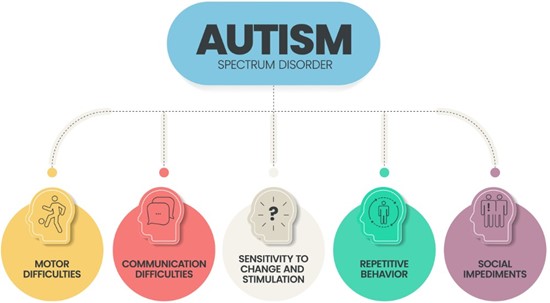A nurse is assisting with a routine physical examination of an adolescent. The provider observes a lateral curvature of the spine.
The nurse should expect the provider to document which of the following disorders?
Torticollis.
Kyphosis.
Scoliosis.
Lordosis.
The Correct Answer is C
Scoliosis is a condition characterized by sideways curvature of the spine or backbone.
A lateral curvature of the spine is called scoliosis.
Choice A, Torticollis, is not the correct answer because it is a condition in which the head becomes persistently turned to one side, often associated with painful muscle spasms.
Choice B, Kyphosis, is not the correct answer because it refers to an excessive outward curvature of the spine, causing hunching of the back.
Choice D, Lordosis, is not the correct answer because it refers to an excessive inward curvature of the spine.

Nursing Test Bank
Naxlex Comprehensive Predictor Exams
Related Questions
Correct Answer is D
Explanation
Individuals with spina bifida who are paralyzed from the waist down may have difficulty emptying their bladder completely and may need to perform intermittent catheterization.
The frequency of catheterization can vary depending on the individual’s needs, but it is typically performed every 3-6 hours or 4-6 times per day.
Choice A, “I do wheelchair exercises while watching TV,” is a positive statement because exercise is important for overall health and well-being.
Choice B, “I carry a water bottle with me because I drink a lot of water,” is also a positive statement because staying hydrated is important for overall health.
Choice C, “I use a suppository every night to have a bowel movement,” is not necessarily an indication for further teaching because some individuals with spinal bifida may need to use bowel management techniques such as suppositories to help regulate bowel movements.
Correct Answer is B
Explanation
Behavioral approaches have the most evidence for treating symptoms of Autism
Spectrum Disorder (ASD)1.
Applied Behavior Analysis (ABA) is a notable behavioral treatment for people with ASD that encourages desired behaviors and discourages undesired behaviors to improve a variety of skills.
A reward system for positive behavior is an example of an ABA technique.
Choice A is not correct because allowing for imaginative play with peers without supervision is not a recommended intervention for a child with ASD.
Choice C is not correct because providing a flexible schedule that adjusts to the child’s interests is not a recommended intervention for a child with ASD.
Choice D is not correct because allowing for adjustment of rules to correlate with the child’s behavior is not a recommended intervention for a child with ASD.

Whether you are a student looking to ace your exams or a practicing nurse seeking to enhance your expertise , our nursing education contents will empower you with the confidence and competence to make a difference in the lives of patients and become a respected leader in the healthcare field.
Visit Naxlex, invest in your future and unlock endless possibilities with our unparalleled nursing education contents today
Report Wrong Answer on the Current Question
Do you disagree with the answer? If yes, what is your expected answer? Explain.
Kindly be descriptive with the issue you are facing.
